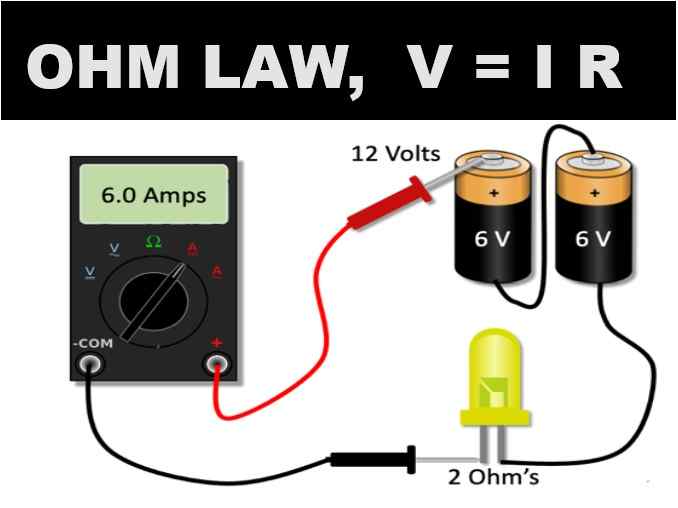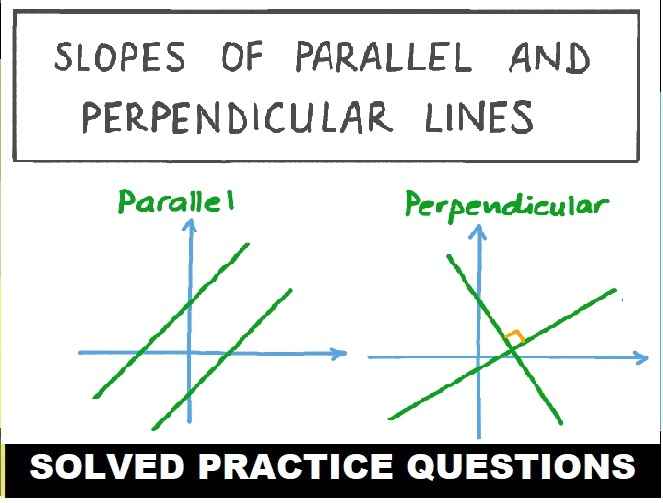Banking ICSE Maths Class 10 ML Aggarwal Solutions Ch-2. Step by step solutions of Banking Chapter 2 questions of Exercise 2. Method applying during solutions of this chapter as given in council prescribed itextbook for ICSE curriculum. althogh you can solve applying other method also. Visit official Website CISCE for detail information about ICSE Board Class-10 Mathematics.

Banking ICSE Maths Class 10 ML Aggarwal Solutions Ch-2
| Board | ICSE |
| Class | 10 |
| Subject | Mathematics |
| Book | ML Aggarwal |
| Chapter-2 | Banking |
| Topics | Solution of Exe-2 Questions |
| Edition | 2024-2025 |
Solution of Exe-2 Banking Questions
ICSE Maths Class 10 ML Aggarwal Solutions Ch-2
Note : Question has not shown only solutions are given hence keep your latest (2024-25) textbook of ML Aggarwal maths to understand the solutions more clearly.
Que-1:
Sol: Mrs. Goswami deposited by = ₹ 1000
Rate of interest = 8% p.a.
Period (x) = 3 years = 36 months
Total principal for one month = 1000 × [x (x + 1)]/ 2
Substituting the value of x
= 1000 × (36 × 37)/ 2
= ₹ 666000
Interest = PRT/ 100
Substituting the values
= (666000 × 8 × 1)/ (100 × 12)
= ₹ 4440
So the amount of maturity = P × x + SI
= 1000 × 36 + 4440
= 36000 + 4440
= ₹ 40440
Que-2:
Sol: Sonia deposited per month = ₹ 600
Rate of interest (r) = 10% p.a.
Period (n) = 2 ½ years = 30 months
I = P × [n(n + 1)/ (2 × 12)] × r/100
I = 600 × [30(30 + 1)/ (2 × 12)] × 10/100
= 600 × [(30 × 31)/ (2 × 12)] × 1/10
= 60 × [(15 × 31)/ 12]
= 5 × 15 × 31
I = ₹ 2325
Maturity value (MV) = P × n + I
MV = ₹ (600 × 30 + 2325)
= ₹ (18000 + 2325)
= ₹ 20325
Que-3:
Sol: Kiran deposited = ₹ 200 /month
Rate of interest = 11% p.a.
Period (x) = 36 months
So the amount deposited in 36 months = 200 × 36 = ₹ 7200
Total principal for one month = 200 × [x (x + 1)]/ 2
Substituting the value of x
= 200 × (36 × 37)/ 2
By further calculation
= ₹ 133200
Interest = PRT/ 100
= (133200 × 11 × 1)/ (100 × 12)
= ₹ 1221
So the amount of maturity = P × x + SI
= 7200 + 1221
= ₹ 8421
Que-4:
Sol: Haneef deposited = ₹ 600 / month
Interest earned at the time of maturity = ₹ 5880
Period (x) = 4 years = 48 months
Total principal for one month = 600 × [x (x + 1)]/ 2
Substituting the value of x
= 600 × (48 × 49)/ 2
By further calculation
= ₹ 705600
Consider r% p.a. as the rate of interest
Interest = PRT/ 100
Substituting the values
5880 = (705600 × r × 1)/ (100 × 12)
5880 = 588r
By further calculation
r = 5880/588 = 10 % p.a.
Que-5:
Sol: David deposited per month = ₹ 300
Period (x) = 2 years = 24 months
Amount received at the time of maturity = ₹ 7725
Consider R as the rate percent
Total principal for one month = 300 × [x (x + 1)]/ 2
Substituting the value of x
= 300 × (24 × 25)/ 2
By further calculation
= ₹ 90000
Interest = PRT/ 100
Substituting the values
= (90000 × R × 1)/ (100 × 12)
= 75R
So we get
300 × 24 + 75R = 7725
By further calculation
7200 + 75R = 7725
75R = 7725 – 7200 = 525
R = 525/75 = 7% p.a.
Que-6:
Sol: Mr. Gupta deposited per month = ₹ 2500
Period (x) = 2 years = 24 months
Amount got at the time of maturity = ₹ 67500
Total principal for one month = 2500 × [x (x + 1)]/ 2
Substituting the value of x
= 2500 × (24 × 25)/ 2
= ₹ 750000
Interest = Maturity value – x × deposit per month
= 67500 – 24 × 2500
= 67500 – 60000
= ₹ 7500
Period = 1 month = 1/12 year
So the rate of interest = (SI × 100)/ (P × T)
= (7500 × 100 × 12)/ (750000 × 1)
= 12%
Que-7:
Sol: Shahrukh deposited per month = ₹ 800
No. of months (n) = 1 ½ = 3/2 × 12 = 18 months
Total principal for one month = 800 × [x (x + 1)]/ 2
Substituting the value of x
= 800 × (18 × 19)/ 2
By further calculation
= ₹ 136800
Interest = PRT/ 100
= (136800 × r × 1)/ (100 × 12)
So we get
= 114r
So the amount of maturity = P × x + SI
15084 = 800 × 18 + 114r
114r = 15084 – 14400
114r = 684
r = 684/114 = 6%
Que-8:
Sol: update soon
Que-9:
Sol: Rekha deposited for time (n) = 20 month
Rate of interest per annum (r) = 9%
Let the amount deposited by Rekha each month be ₹ x, then P = ₹ x
I = P × [n(n + 1)/ (2 × 12)] × r/100
= x × [20(20 + 1)/ (2 × 12)] × 9/100
441 = x × [20(20 + 1)/ (2 × 12)] × 9/100
x = (441 × 100 × 24)/(20 × 21 × 9) = 280
Que-10:
Sol: Mohan gets Interest at the time of maturity = ₹ 1200
Period (x) = 2 years = 24 months
Rate of interest = 6% p.a.
Consider ₹ P p.m. as the monthly deposit
Interest = P × [x (x + 1)]/ (2 × 12) × r/100
Substituting the value of x
1200 = (P × 24 × 25)/ 24 × 6/100
By further calculation
1200 = 6/4P
By cross multiplication
P = (1200 × 4)/ 6 = 800
Here monthly deposit = ₹ 800
So the amount of maturity = P × x + SI
= 800 × 24 + 1200
= 19200 + 1200
= ₹ 20400
Que-11:
Sol: Mr R.K. Nair gets amonts = 6455
Letr ₹ P as the monthly instalment
Period (x) = 1 year = 12 months
Rate = 14 % pa
Total principal for one month = P × [x (x + 1)]/ 2
Substituting the value of x
= P × (12 × 13)/ 2
= 78P
Interest = PRT/ 100
Substituting the values
= (78P × 14 × 1)/ (100 × 12)
So we get
= 0.91P
So the amount of maturity = P × x + SI
6455 = P × 12 + 0.91P
6455 = 12.91P
P = 6455/12.91 = ₹ 500
Que-12:
Sol: Samita deposited in the account per month = ₹ 2000
Rate of interest = 10%
Consider period = n months
Principal for one month = 2000 × n (n + 1)/ 2 = 1000 n (n + 1)
Interest = [1000n (n + 1) × 10 × 1]/ [100 × 12]
= [100 n (n + 1)]/ 12
So the maturity value = 2000 × n + [100 n (n + 1)]/ 12
2000n + [100 n (n + 1)]/ 12 = 83100
24000n + 100n2 + 100n = 83100 × 12
Dividing by 100
240n + n2 + n = 831 × 12
n2 + 241n – 9972 = 0
n2 + 277n – 36n – 9972 = 0
n (n + 277) – 36 (n + 277) = 0
(n + 277) (n – 36) = 0
Here n + 277 = 0
n = – 277, impossible
n – 36 = 0 where x = 36
So the period = 36 months or 3 years
— : End of Banking ICSE Maths Class 10 ML Aggarwal Solutions of Ch-2 questions :–
Return to :- ML Aggarwal Solutions for ICSE Class-10
Thanks
Please Share with Your Friends


